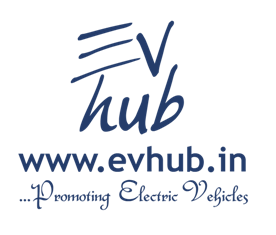Energy harvesting comes to the fore with electric vehicles because the price they pay for being environmental and exhibiting many performance advantages is that they have limited energy available. In and on these vehicles, the energy snatched from heat, light, movement and other sources may be milliwatts or less to drive wireless sensors and actuators, watts for self sufficient lighting clusters (still in development) or – the main focus – up to kilowatts to charge the traction battery or traction supercapacitor that provide motive energy to the electric traction motors.
Secondarily, the traction power storage may also provide other electricity needs such as hard wired lights, climate control and instruments. Reducing any of these loads is welcome. The traction battery of an on-road electric vehicle can be up to half of the total cost of the vehicle – another sensitive issue. If the battery is charged more often in various ways it can often be smaller and cheaper and weigh less – a virtuous circle. IDTechEx examines the use of energy harvesting to charge traction batteries in the new report Energy Harvesting for Electric Vehicles 2011-2021 .

No comments:
Post a Comment